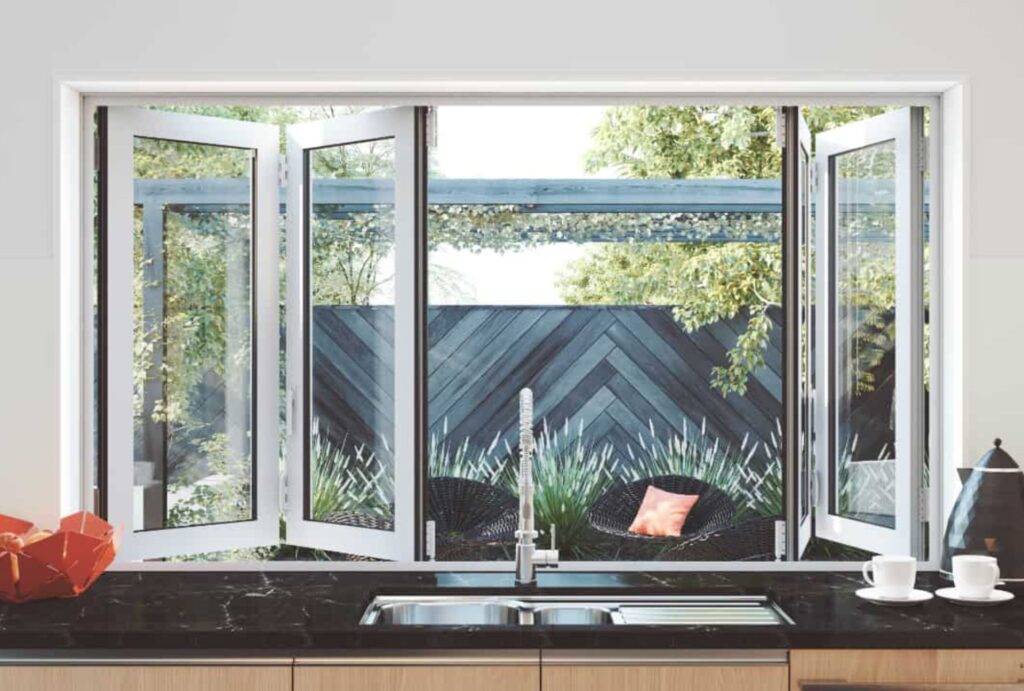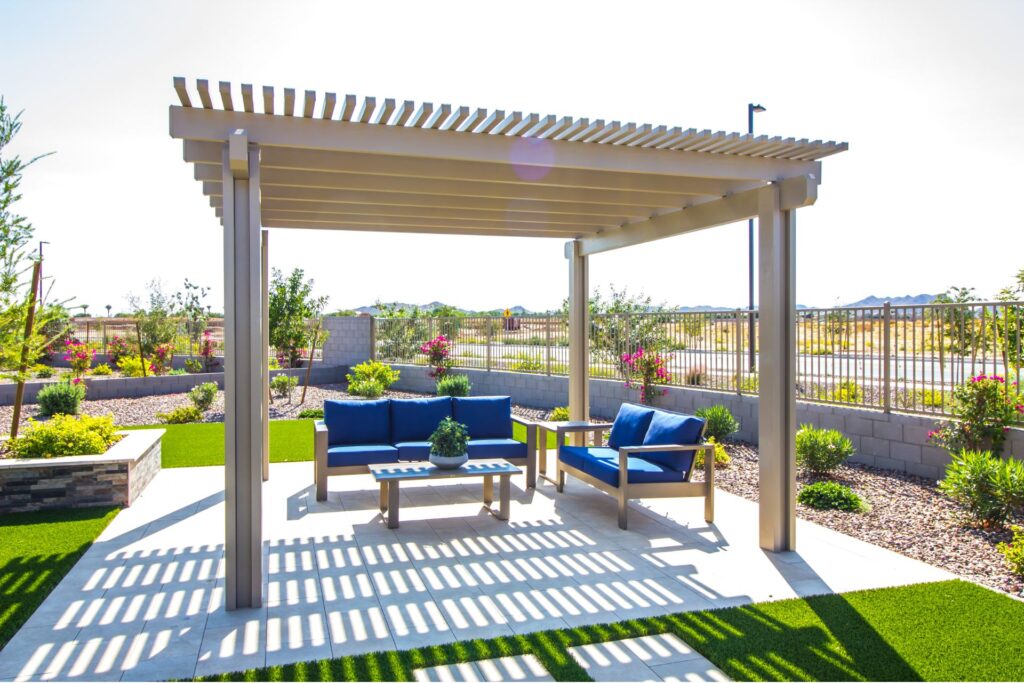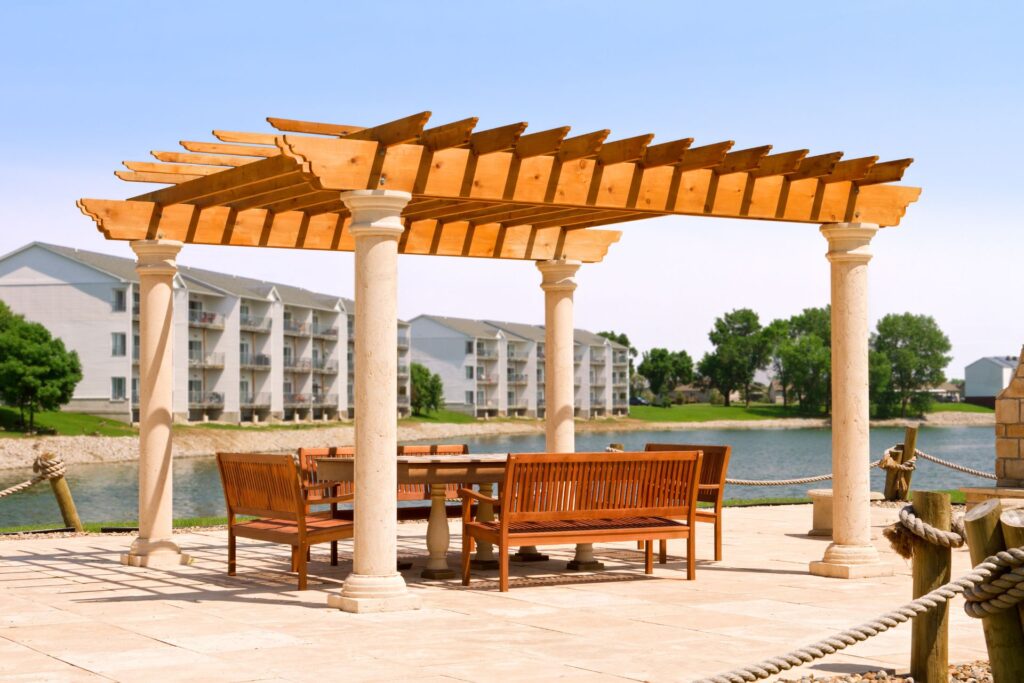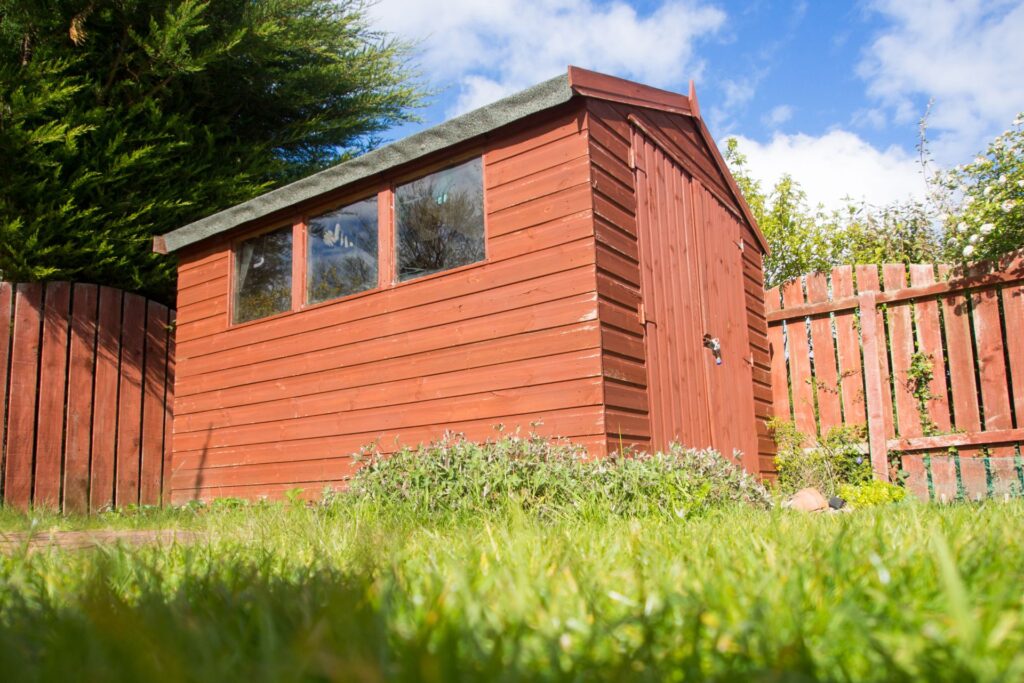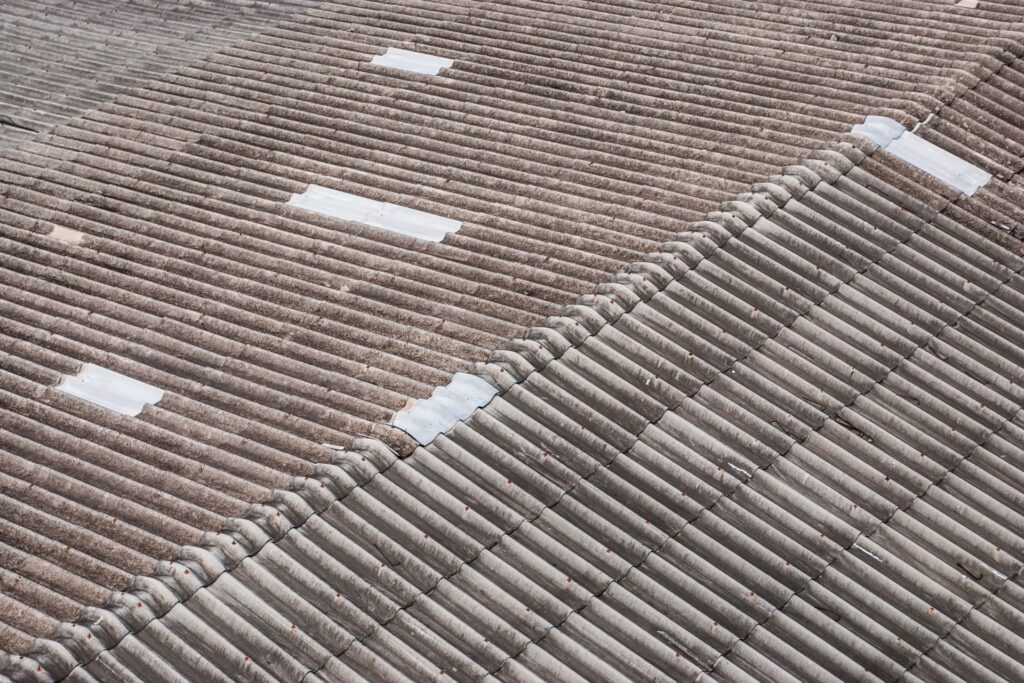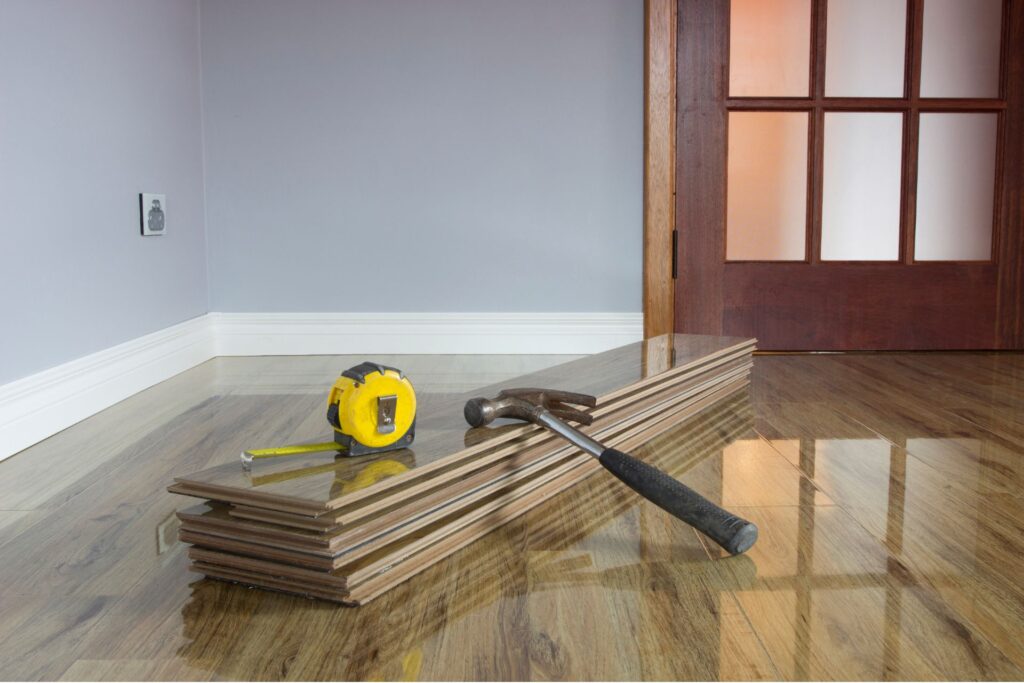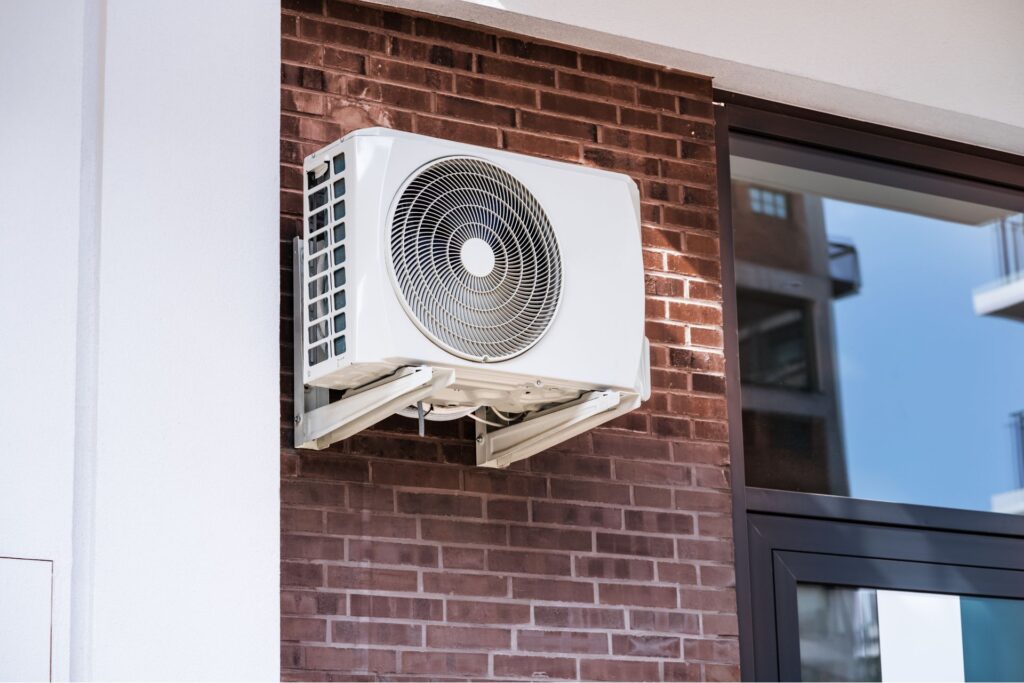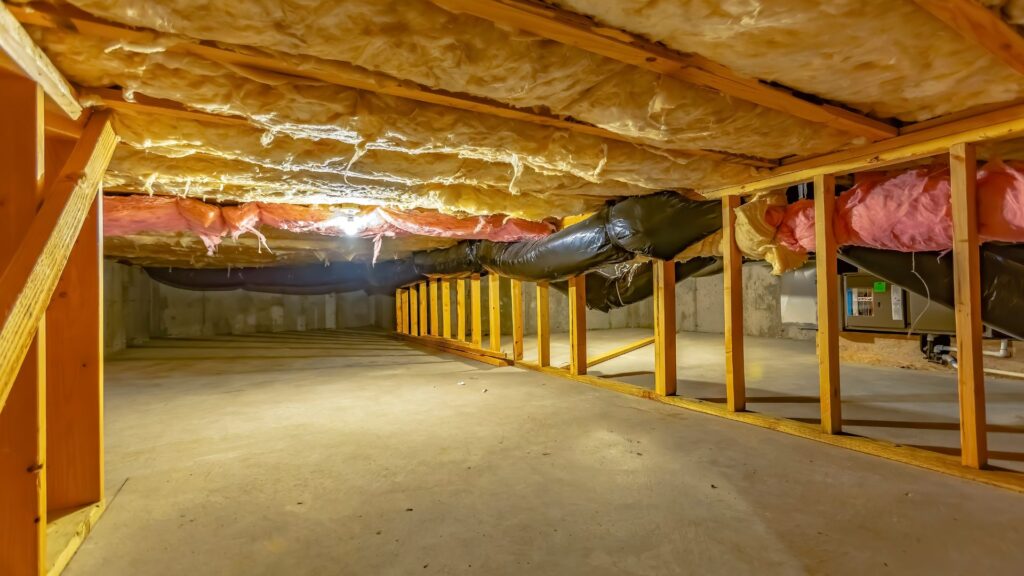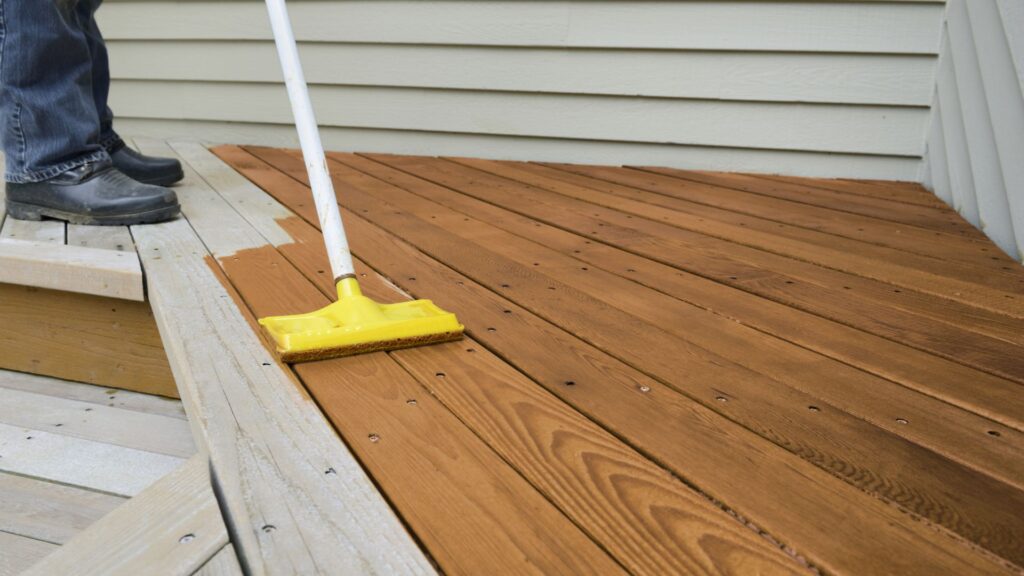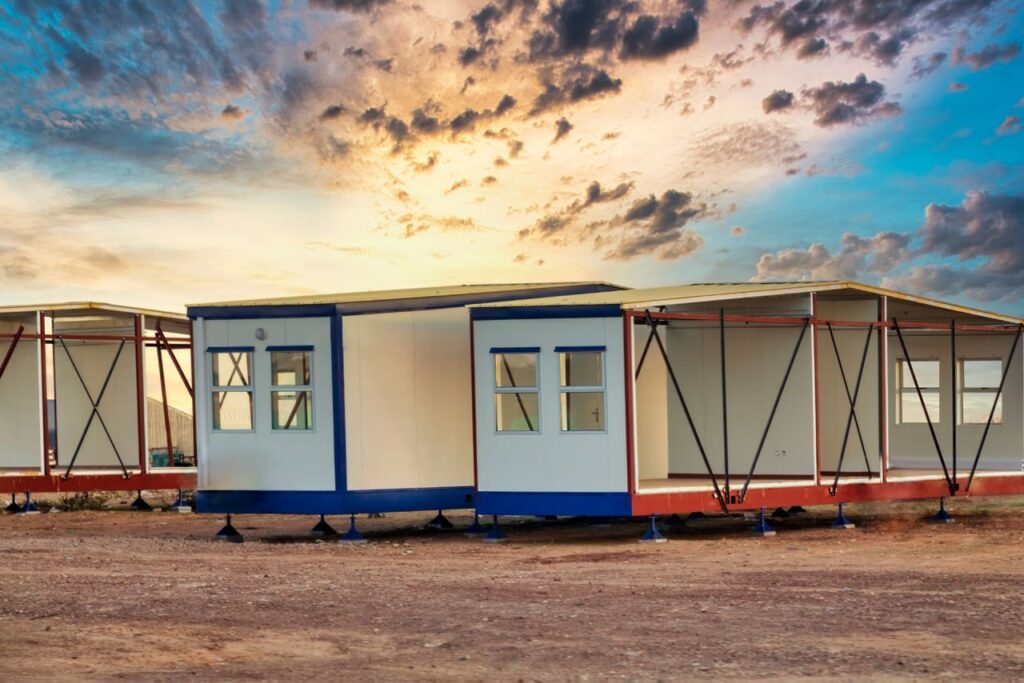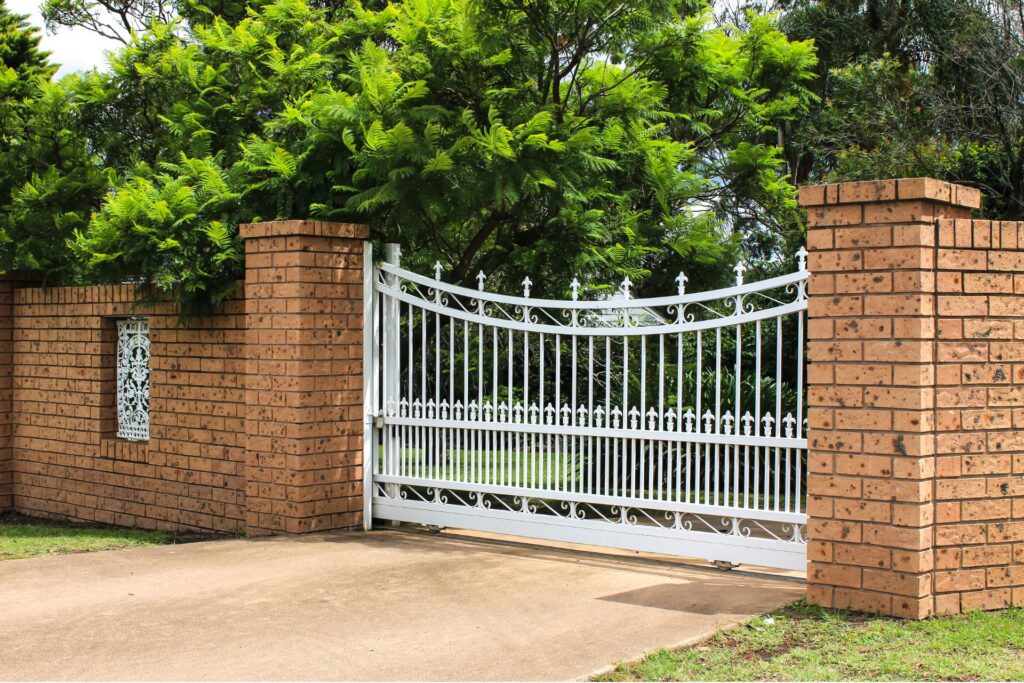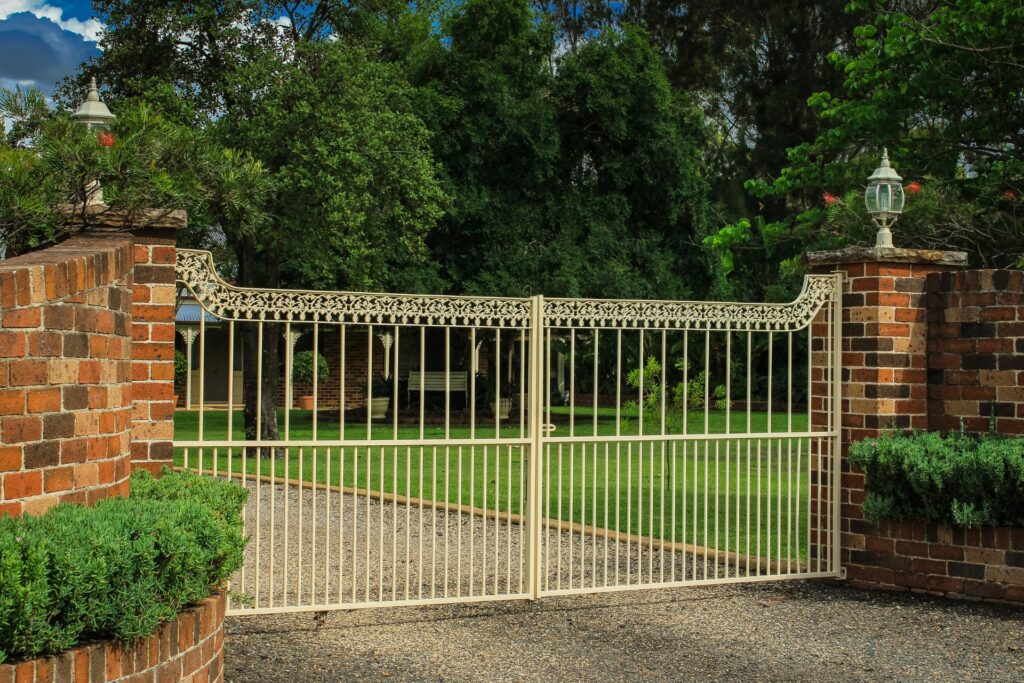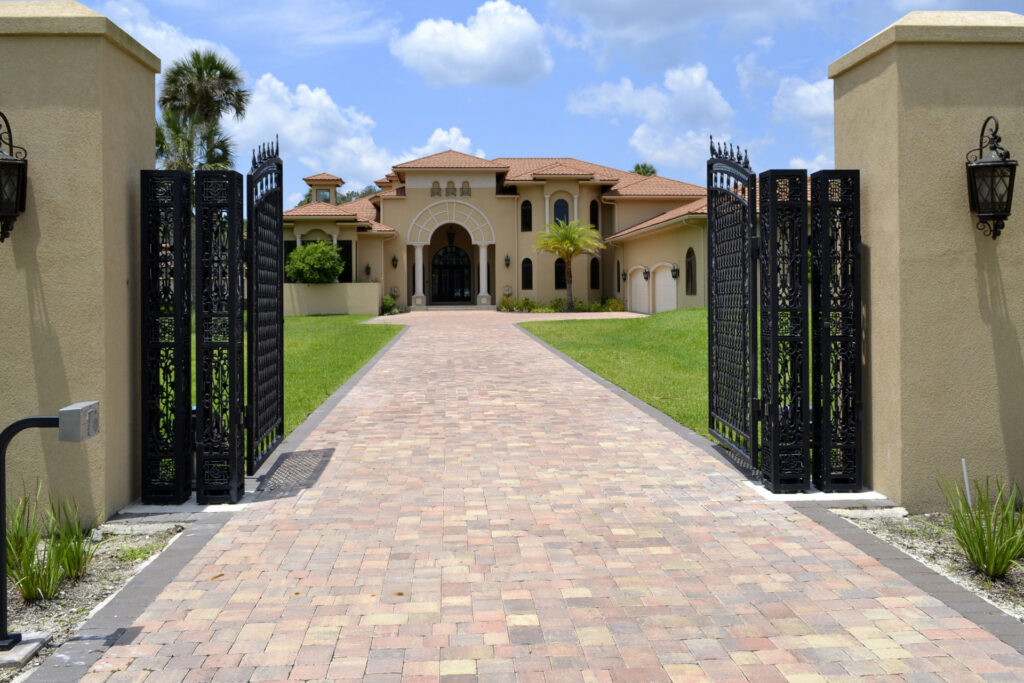Welcome to your ultimate guide on retrofit double glazing in New Zealand, where we break down how it works and why it’s a game-changer for your home. If your house feels too cold in winter, too hot in summer, or suffers from condensation and noise issues, retrofit double glazing could be the perfect solution—without the need for full window replacements. By upgrading your existing windows with an extra layer of insulated glass, you can boost energy efficiency, cut down power bills, and improve indoor comfort year-round. But how does it actually work? Is it worth the investment? And what should you know before making a decision? In this guide, we’ll walk you through the process, benefits, costs, and common myths—helping you make an informed choice about enhancing your home’s warmth, quietness, and value. Let’s dive in.
Retrofit double glazing in New Zealand involves adding an insulated glass unit (IGU) to existing window frames to improve energy efficiency, reduce noise, and prevent condensation. The process includes removing the old glass, installing a new double-glazed unit with an air or gas-filled gap, and sealing the frame for airtight insulation. This upgrade helps retain heat in winter, keep homes cooler in summer, and lower power bills, making it a cost-effective alternative to full window replacements.
- What Is Retrofit Double Glazing?
- How Does Retrofit Double Glazing Work?
- Benefits Of Retrofit Double Glazing In NZ
- Cost Of Retrofit Double Glazing In NZ: What To Expect
- Common Myths & Misconceptions About Retrofit Double Glazing
- How To Choose The Right Retrofit Double Glazing Provider In NZ
- FAQs: About How Does Retrofit Double Glazing Work In NZ
- Conclusion
- Find A Professional Window Company Near You!
What Is Retrofit Double Glazing?
Retrofit double glazing is a process that involves adding a second layer of insulated glass to existing window frames to improve thermal efficiency, reduce noise, and prevent condensation. Unlike traditional double-glazed windows, which are installed as entirely new window units, retrofitting allows homeowners to upgrade their current windows without replacing the entire frame. This method is particularly popular in New Zealand, where many homes—especially older properties—still have single-pane glass, which offers poor insulation and contributes to heat loss in winter and overheating in summer.
How Retrofit Double Glazing Differs From New Double-Glazed Windows
While both retrofit double glazing and new double-glazed windows offer similar insulation and energy-saving benefits, there are key differences between the two approaches.
- Frame Preservation: With retrofit double glazing, your existing window frames remain intact, whereas new double-glazed windows require completely new frames to be installed.
- Cost Efficiency: Retrofitting is often more affordable than installing brand-new windows, as it eliminates the need for full-frame replacements.
- Aesthetic Preservation: Many older homes in New Zealand feature characteristic wooden or decorative window frames that homeowners want to retain. Retrofitting keeps the original look while upgrading energy efficiency.
- Installation Process: New double-glazed windows involve a full removal and replacement, while retrofitting is a quicker and less invasive process that only modifies the glass component.
Why Do Homeowners In New Zealand Choose Retrofit Double Glazing Over Full Window Replacements?
In New Zealand, retrofit double glazing has become an attractive option for homeowners looking to improve insulation without undergoing expensive renovations. There are several reasons why many Kiwis opt for retrofitting instead of replacing their windows entirely.
- Cost-Effectiveness: Full window replacements can be significantly more expensive than retrofitting. By upgrading just the glass, homeowners can enjoy the benefits of double glazing without the high cost of replacing frames and fixtures.
- Preservation Of Home Aesthetics: Many homes in Auckland, Wellington, Christchurch, and other NZ regions have heritage-style architecture featuring timber-framed windows, which are expensive to replace. Retrofitting allows these homeowners to keep their original design while enhancing insulation.
- Compliance With Heritage Regulations: Some historic homes in New Zealand are subject to heritage building regulations, which may restrict full window replacements. Retrofit double glazing is a practical solution that allows for energy efficiency improvements while adhering to local preservation rules.
- Improved Energy Efficiency Without Major Renovations: Many homeowners want better insulation and lower power bills but aren’t ready for a full-scale renovation. Retrofitting provides energy savings and comfort with minimal disruption.
- Sustainability & Eco-Friendly Choice: Instead of disposing of old window frames, retrofitting reuses existing materials, reducing waste and lowering the environmental impact—an important consideration for eco-conscious homeowners in NZ.
Retrofit double glazing is a smart, cost-effective, and environmentally friendly way to enhance home comfort, energy efficiency, and property value in New Zealand. Whether you’re looking to reduce heat loss, minimize noise, or preserve the character of your home, retrofitting offers a practical alternative to full window replacements. By upgrading your existing windows, you can enjoy the benefits of modern double glazing without the hassle of a complete overhaul.
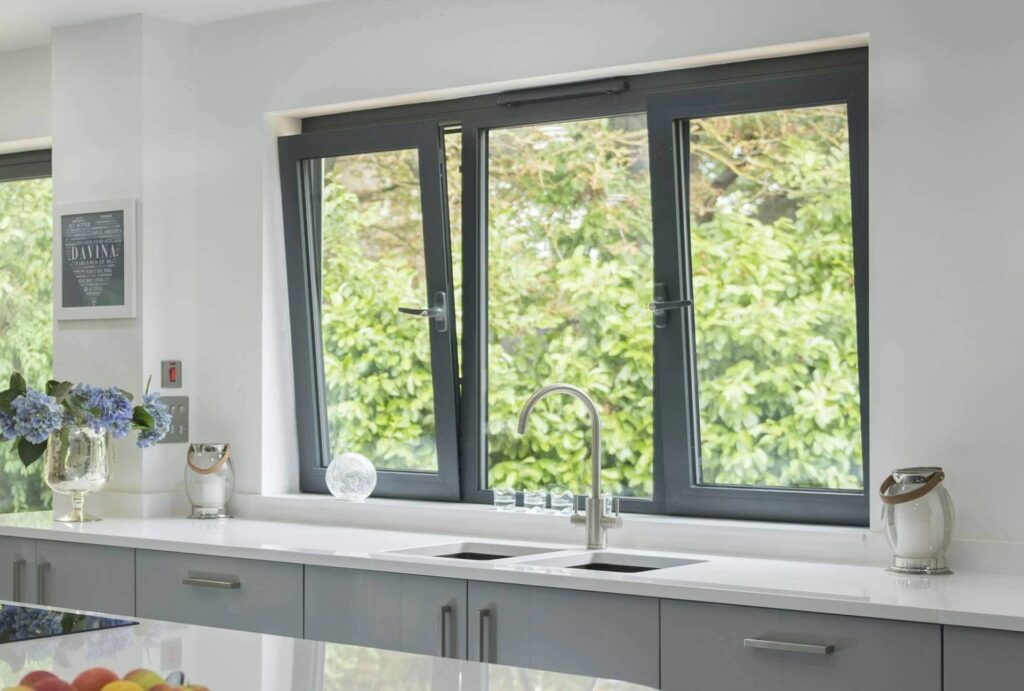
How Does Retrofit Double Glazing Work?
Retrofit double glazing is a smart, cost-effective way to improve the thermal efficiency of your home without replacing your entire window frames. This method involves upgrading existing windows by adding a double-glazed unit (DGU), which consists of two panes of glass separated by an insulating air or gas-filled gap. The result? Better insulation, reduced noise, lower energy bills, and a more comfortable living environment all year round.
But how exactly does the retrofit process work? Below is a step-by-step guide to help you understand what happens when you retrofit your windows with double glazing in New Zealand.
Step-By-Step Explanation Of The Retrofit Double Glazing Process
1. Assessment Of Existing Windows
Before installation begins, a professional window specialist will assess your existing window frames to determine their suitability for retrofitting. They will check for.
- The structural condition of the frames – ensuring they are strong enough to hold a double-glazed unit.
- Any damage, warping, or rot that may affect the installation.
- The type of windows (wooden, aluminum, or uPVC) and whether they can be modified to accommodate double glazing.
If the frames are in poor condition, you may need minor repairs or, in extreme cases, a full window replacement instead of a retrofit.
2. Removing Old Glass & Preparing Frames
Once your windows pass the initial inspection, the next step is to carefully remove the existing glass from the window frames. This process requires precision to avoid damaging the structure of the frame.
After removing the glass, the frames are prepared and reinforced to ensure they can properly support a double-glazed unit. This preparation may include.
- Strengthening wooden or aluminum frames if needed.
- Smoothing and cleaning the edges to ensure a perfect fit.
- Sealing gaps to prevent air leaks once the new glazing is installed.
3. Installing The New Glazed Unit
This is the core step of the retrofit double glazing process. The new insulated glass unit (IGU) is carefully installed into the existing frame. The IGU consists of two panes of glass separated by a thermal spacer bar, creating an air gap filled with either air or gas (such as argon) for insulation.
The type of glass used can vary depending on your needs.
- Low-E (Low Emissivity) Glass: Improves energy efficiency by reflecting heat back into your home.
- Laminated Glass: Enhances security and noise reduction.
- Tinted or UV-Blocking Glass: Reduces glare and protects furniture from sun damage.
Once the new double-glazed unit is secured in place, it immediately starts working to improve insulation and energy efficiency.
4. Sealing & Finishing
After the glass is installed, the window is sealed to create an airtight and weatherproof barrier. This step is crucial to prevent.
- Air leaks that can reduce insulation effectiveness.
- Moisture buildup, which can lead to condensation between the panes.
- Heat loss, which defeats the purpose of installing double glazing.
To ensure a strong and long-lasting seal, installers use high-quality silicone or rubber seals around the window edges. This step also enhances soundproofing by blocking external noise.
5. Final Inspection
Once the installation is complete, a thorough quality check is conducted to ensure the retrofit has been done correctly. The technician will.
- Check for any gaps that could cause drafts or leaks.
- Test for condensation buildup between panes (a sign of poor sealing).
- Ensure the glass is securely fitted and structurally sound.
If everything passes the inspection, your newly retrofitted double-glazed windows are ready to start making your home warmer, quieter, and more energy-efficient.
Key Materials Used In Retrofit Double Glazing
The effectiveness of retrofit double glazing largely depends on the quality of materials used. Here are the essential components that make this process effective.
- Low-E Glass: A special coating that helps reflect heat back into your home, improving insulation.
- Argon Gas Filling: A non-toxic gas placed between the panes to reduce heat transfer and improve energy efficiency.
- Thermal Spacers: Placed between the glass layers to maintain the air gap, preventing heat loss and condensation.
- High-Quality Seals: Ensures airtight installation, preventing drafts, moisture intrusion, and energy loss.
By using premium materials, your retrofit double glazing upgrade will provide long-term benefits, ensuring energy savings and a more comfortable living environment.
Timeframe For Installation: How Long Does It Take?
The installation time for retrofit double glazing depends on factors such as the number of windows, their size, and the complexity of the job. However, on average.
- Small to Medium Homes (5-10 windows): 1-3 days
- Larger Homes (15+ windows): 3-5 days
Each window typically takes a few hours to retrofit, including removal, preparation, installation, and sealing. However, custom-shaped or oversized windows may take longer.
After installation, you can immediately feel the difference, especially in temperature control and noise reduction.
Retrofit double glazing is a smart home upgrade for New Zealand homeowners looking to improve insulation, reduce power bills, and enhance home comfort—all while preserving their existing window frames. By understanding how the process works, from assessment to installation, you can make an informed decision and ensure your home benefits from energy-efficient, high-performance windows for years to come.

Benefits Of Retrofit Double Glazing In NZ
Retrofit double glazing is more than just an upgrade—it’s a smart investment that enhances home comfort, reduces energy bills, and improves overall living conditions. Many homeowners in New Zealand are making the switch, not only for financial savings but also for a healthier, quieter, and more energy-efficient home. Below, we explore the key benefits of retrofit double glazing and why it’s becoming a popular choice for Kiwi households.
Energy Efficiency & Lower Power Bills
One of the biggest advantages of retrofit double glazing is its energy efficiency. Standard single-pane windows allow heat to escape in winter and let excessive heat in during summer, making it harder to regulate indoor temperatures. Double glazing works by trapping a layer of air or gas (such as argon) between two panes of glass, creating an insulating barrier. This barrier significantly reduces heat loss in winter and heat gain in summer, helping maintain a stable indoor temperature without over-relying on heating and cooling systems.
For homeowners, this translates into lower electricity bills. By reducing the need for heaters and air conditioners, retrofit double glazing can cut energy consumption by up to 30%, depending on home size and insulation levels. In a country like New Zealand, where electricity prices can fluctuate, these savings can make a noticeable difference. Homeowners who have upgraded to retrofit double glazing report seeing their power bills decrease by hundreds of dollars annually, making it a cost-effective and sustainable home improvement.
Improved Comfort & Noise Reduction
Beyond energy savings, retrofit double glazing significantly enhances overall home comfort. In winter, it helps retain warmth, making homes feel cozier without the need for excessive heating. In summer, it prevents overheating, keeping indoor spaces cooler and more pleasant even during heatwaves. This temperature stability improves sleep quality, daily comfort, and overall well-being.
Another major benefit is noise reduction. If you live near a busy road, airport, or construction site, you know how disruptive outside noise can be. Retrofit double glazing acts as a sound barrier, dampening unwanted noise and creating a quieter indoor environment. Homeowners in urban areas often notice up to a 60% reduction in external noise, which is particularly beneficial for those working from home, light sleepers, or families with young children.
Condensation Prevention & Mould Reduction
Condensation on windows is a common issue in New Zealand homes, particularly in colder months. When warm indoor air meets a cold single-pane window, moisture forms, leading to dripping water, dampness, and mould growth. This isn’t just an aesthetic issue—excess moisture can damage window frames, walls, and even furniture.
Retrofit double glazing helps prevent condensation by keeping the inner glass pane closer to room temperature, reducing the temperature difference that causes moisture buildup. By minimizing damp conditions, it helps protect against mould growth, respiratory issues, and indoor air quality problems. This is especially important for homes with asthma sufferers or young children, as mould spores can trigger allergies and breathing difficulties.
By reducing condensation, double glazing also extends the lifespan of window frames and interior decor, saving homeowners from costly repairs and repainting.
Environmental Benefits
With rising awareness about sustainability and eco-friendly living, many Kiwis are seeking ways to reduce their carbon footprint—and retrofit double glazing is a step in the right direction. By cutting down energy consumption, homes with double glazing contribute to lower CO₂ emissions, helping reduce the demand on power stations. The less energy you use to heat or cool your home, the more sustainable your lifestyle becomes.
Additionally, many modern retrofit double glazing materials are made using recyclable and energy-efficient glass, ensuring that the upgrade itself is an environmentally responsible choice. Some window manufacturers also use eco-friendly spacers, coatings, and seals that enhance insulation without harming the environment.
For homeowners looking to build a greener, more sustainable home, investing in double glazing is an impactful way to reduce energy waste while still enjoying modern comforts.
Increased Property Value & Home Aesthetics
Beyond practical benefits, retrofit double glazing can increase a home’s market value. Many potential buyers look for properties that are energy-efficient, low-maintenance, and well-insulated. A home with double glazing is more appealing because it promises lower power bills, reduced noise, and improved year-round comfort.
For older homes, retrofit double glazing allows for modernization without altering the original charm. Homeowners can choose customized double glazing solutions that match heritage-style windows, modern architectural designs, or unique property aesthetics. Unlike full window replacements, which can sometimes clash with a home’s style, retrofit double glazing provides a seamless and tailored upgrade.
Additionally, if you ever decide to sell your home, having retrofit double glazing installed can make your property stand out in the market. Buyers are often willing to pay more for homes with energy-saving features, making this investment one that pays off both in the short term (energy savings) and the long term (higher resale value).
Retrofit double glazing is a smart, long-term investment for homeowners in New Zealand. From reducing power bills and noise to preventing condensation and boosting property value, it offers a wide range of benefits that enhance daily life. Whether you’re looking to stay warm in winter, cool in summer, or lower your home’s carbon footprint, this upgrade is a practical and cost-effective solution.
If you’re considering retrofit double glazing for your home, now is the time to explore your options and connect with trusted professionals to experience these benefits firsthand.
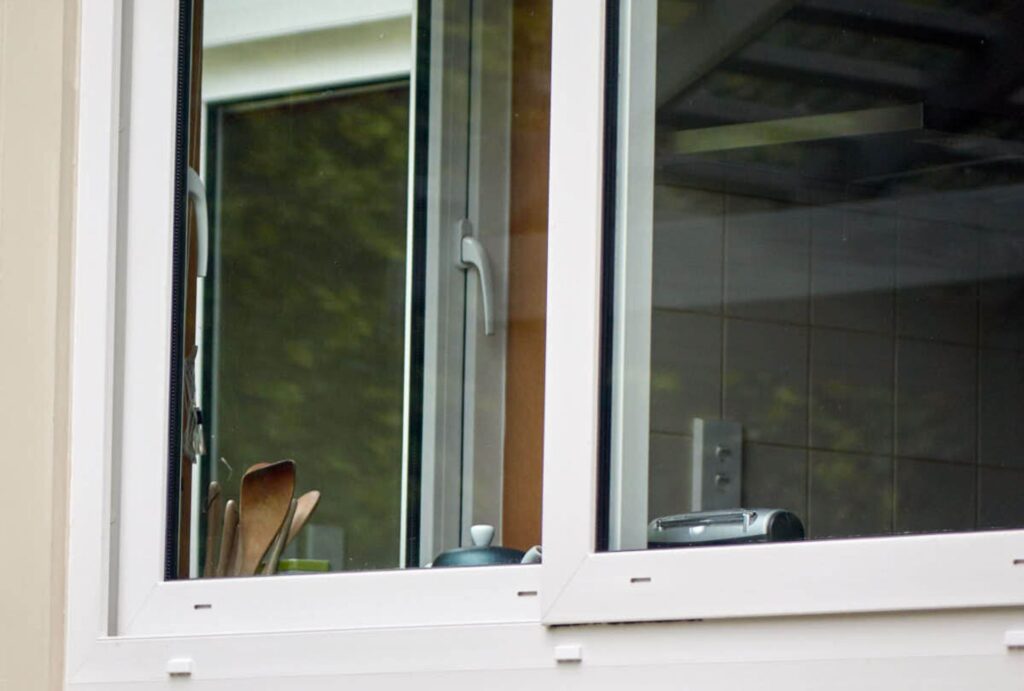
Cost Of Retrofit Double Glazing In NZ: What To Expect
If you’re considering retrofit double glazing for your home, one of the biggest questions on your mind is likely, “How much does it cost?” While the price varies depending on several factors, understanding the key cost drivers can help you make an informed decision. Below, we break down the main factors affecting pricing, provide average cost estimates in New Zealand, and discuss whether the investment is worth it in the long run.
Factors Influencing The Cost Of Retrofit Double Glazing
The cost of retrofitting double glazing depends on multiple factors, including window size, glass type, frame condition, and installation complexity. Here’s a closer look at how each element impacts the overall price.
1. Size And Number Of Windows
- The larger the window, the more glass and materials required, increasing costs.
- Homes with multiple windows needing retrofitting will naturally have higher overall costs, but some installers may offer discounts for bulk installations.
- Bay windows or floor-to-ceiling glass panels will cost more than standard-sized windows.
2. Type Of Glass Used
The type of glass used plays a crucial role in pricing, as different glass options offer varying levels of insulation, UV protection, and noise reduction. Common choices include.
- Standard Double Glazing: Basic two-pane glass with an air gap for insulation (most affordable option).
- Low-E (Low-Emissivity) Glass: Coated glass that reflects heat back inside, improving insulation and reducing heat loss.
- Laminated Glass: Extra durability and safety, often used in areas prone to high winds or security concerns.
- Argon-Filled Glass: A gas-filled space between panes that enhances insulation, keeping homes warmer in winter and cooler in summer.
Each type of glass affects the overall energy efficiency and cost of the retrofit, with Low-E and argon-filled glass being premium options that offer long-term savings.
3. Condition Of Existing Window Frames
- If your current window frames are in good condition, the retrofit process is straightforward, reducing labor costs.
- However, if frames are rotting, damaged, or poorly insulated, additional repairs or replacements may be necessary, adding to the expense.
- Older homes with heritage-style timber frames may require customized retrofitting solutions, which could slightly increase the price.
4. Installation Complexity
Not all windows are easy to retrofit, and installation complexity can affect pricing. Consider.
- Difficult Access: Windows on upper floors, in stairwells, or in tight spaces may require specialized equipment or scaffolding, increasing labor costs.
- Custom Shapes & Designs: Uniquely shaped or oversized windows may require custom-made double glazing, which is more expensive than standard sizes.
- Special Features: Windows with built-in blinds, tinting, or security enhancements can add extra costs.
Average Cost Estimates In NZ ($ Per Window Or m²)
While pricing varies across regions and providers, here’s a general cost estimate for retrofit double glazing in New Zealand.
- Basic Double Glazing: $300 – $500 per window
- Low-E Glass: $400 – $700 per window
- Argon-Filled Or Laminated Glass: $500 – $900 per window
- Large Or Custom Windows: $1,000+ per window
- Price Per Square Meter (m²): $250 – $400 per m²
It’s important to get multiple quotes from local installers to compare prices and find the best deal. Many companies offer free assessments, helping you understand your specific pricing before committing.
Is Retrofit Double Glazing Worth The Investment? – Cost Vs. Long-Term Energy Savings
Short answer: Yes! While retrofit double glazing has an upfront cost, the long-term benefits and energy savings make it a smart financial decision for most homeowners.
Energy Efficiency = Lower Power Bills
- With improved insulation, homes require less heating in winter and less cooling in summer.
- Many NZ homeowners report energy bill reductions of 10% to 30%, depending on their home’s size and climate conditions.
- Over time, the savings can offset the initial cost of installation, making it a worthwhile investment.
Improved Home Comfort & Noise Reduction
- Double glazing reduces outside noise—perfect for homes in busy urban areas or near main roads.
- It eliminates cold drafts and excessive heat, making indoor temperatures more stable and comfortable year-round.
Increases Property Value
- Energy-efficient homes are more attractive to buyers, potentially increasing your home’s resale value.
- Many property investors consider double glazing an essential upgrade when renovating rental properties.
Reduces Condensation & Prevents Mould Growth
- Condensation is a major issue in many NZ homes, leading to mould, dampness, and indoor air quality problems.
- Retrofit double glazing significantly reduces condensation, promoting a healthier living environment.
When considering cost vs. benefits, retrofit double glazing is an investment that pays for itself over time through energy savings, improved comfort, and increased property value.
Government Grants Or Incentives (If Applicable)
In some cases, government grants, subsidies, or energy-efficiency programs may help reduce the cost of retrofit double glazing in NZ. Some options include.
- EECA (Energy Efficiency & Conservation Authority) Grants: Occasionally, EECA provides funding or incentives for home insulation and energy-efficient upgrades.
- Warmer Kiwi Homes Programme: While mainly focused on insulation and heating, this government initiative sometimes includes funding for double glazing in eligible homes.
- Regional Council Grants: Certain councils may offer low-interest loans or funding for energy-efficient home improvements.
- Bank Loans For Energy Efficiency: Some NZ banks, like ANZ and Westpac, provide special home loan top-ups or financing for double glazing and insulation.
It’s always worth checking with your local council, energy providers, or government websites to see if any financial assistance is available.
Retrofit double glazing may seem like a big investment upfront, but the long-term financial and comfort benefits make it one of the best home upgrades you can make in New Zealand. By improving insulation, reducing energy costs, increasing home value, and enhancing overall comfort, it’s a practical and worthwhile investment for homeowners looking to future-proof their property.
If you’re considering retrofit double glazing, getting a professional assessment is the first step. Many NZ companies offer free consultations, so you can understand your options and make the best choice for your home.
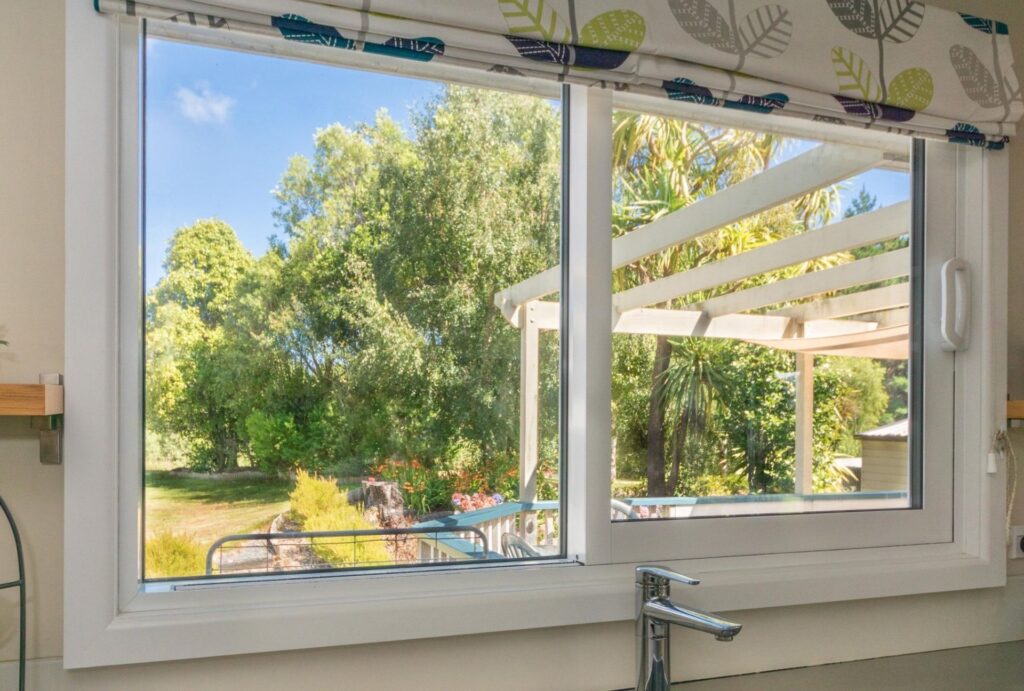
Common Myths & Misconceptions About Retrofit Double Glazing
When considering retrofit double glazing, many homeowners come across conflicting information. Some believe it’s not as effective as full window replacements, while others worry about costs or aesthetics. The truth is, many of these concerns are based on outdated or incorrect information. Let’s clear up some of the most common myths and misconceptions surrounding retrofit double glazing in New Zealand.
Myth #1: “Retrofit Double Glazing Isn’t as Effective as Full Replacements”
One of the biggest misconceptions is that retrofit double glazing is not as effective as installing brand-new double-glazed windows. While full replacements are a great option for homes with severely damaged or outdated frames, retrofit double glazing offers similar benefits at a fraction of the cost.
The effectiveness of double glazing comes from the insulated glass unit (IGU), which consists of two panes of glass with an air or gas-filled gap in between. This barrier reduces heat transfer, minimizes condensation, and improves noise insulation. Since retrofit double glazing upgrades the existing window frame with an IGU, it delivers nearly the same thermal and acoustic performance as full replacements, provided the frames are in good condition.
Modern low-emissivity (Low-E) glass, argon gas filling, and thermal spacers further enhance the insulation properties of retrofit double glazing, making it just as effective at improving home comfort and reducing energy costs. If your window frames are structurally sound, there’s no need for a full replacement—retrofitting provides the benefits of double glazing without unnecessary expense.
Myth #2: “It’s Too Expensive And Not Worth The Investment”
Many homeowners assume retrofit double glazing is too costly and not worth the upfront investment. While it does require an initial financial outlay, the long-term benefits far outweigh the costs.
Here’s why.
- Lower Energy Bills: Double glazing reduces heat loss in winter and heat gain in summer, cutting down heating and cooling costs significantly. Over time, these savings can offset the installation cost.
- Increased Home Value: Homes with double glazing are more attractive to buyers, as they offer better insulation, comfort, and energy efficiency.
- Reduced Maintenance Costs: By preventing moisture buildup and condensation, double glazing helps reduce issues like mould growth, rotting window sills, and paint deterioration.
In New Zealand, energy costs are rising, making efficient insulation more important than ever. Studies show that double-glazed homes use up to 30% less energy for heating and cooling, making the return on investment clear. Additionally, many homeowners who install double glazing notice an immediate improvement in home comfort, leading to a better quality of life.
Myth #3: “It Makes Homes Look Ugly”
Some homeowners worry that retrofitting double glazing will ruin the aesthetic appeal of their home, particularly in heritage homes or older properties. The good news is that modern retrofit double glazing is designed to blend seamlessly with existing window frames, preserving the original style while upgrading the insulation.
Today’s double glazing solutions come in a variety of styles, including timber, aluminium, and uPVC frames, ensuring that retrofitted windows match the home’s architectural design. Slim-profile double glazing options are also available for historic and character homes, maintaining the authentic look while providing modern thermal benefits.
If anything, retrofit double glazing enhances the appearance of a home, as it helps prevent condensation buildup, eliminates foggy windows, and creates a cleaner, more polished look. For homeowners concerned about maintaining the charm of their property, working with an experienced double glazing provider ensures a tailored solution that enhances both form and function.
Myth #4: “It’s Only Useful For Cold Climates”
Many people associate double glazing with winter insulation, assuming it only keeps homes warm. However, double glazing is just as beneficial in summer, making it a year-round solution for temperature control.
In winter, double glazing traps heat inside the home, preventing it from escaping through the windows. This reduces the need for excessive heating and keeps indoor temperatures stable.
The same insulating properties work in reverse—the double-glazed glass blocks external heat from entering, keeping the interior cooler. This means homes stay comfortable without needing to rely as much on air conditioning or fans, reducing energy costs during New Zealand’s hot summer months.
Additionally, Low-E glass coatings can be used to further control heat gain and UV exposure, protecting furniture, carpets, and interior décor from sun damage. Whether in Wellington’s windy climate, Christchurch’s cold winters, or Auckland’s humid summers, double glazing provides year-round comfort for homeowners across NZ.
Retrofit double glazing is a smart, cost-effective solution that enhances home comfort, energy efficiency, and noise reduction. Despite common misconceptions, it is just as effective as full window replacements, preserves home aesthetics, and offers benefits in both hot and cold climates. With energy costs on the rise, investing in retrofit double glazing is one of the best ways to future-proof your home while making it a healthier, quieter, and more comfortable place to live.
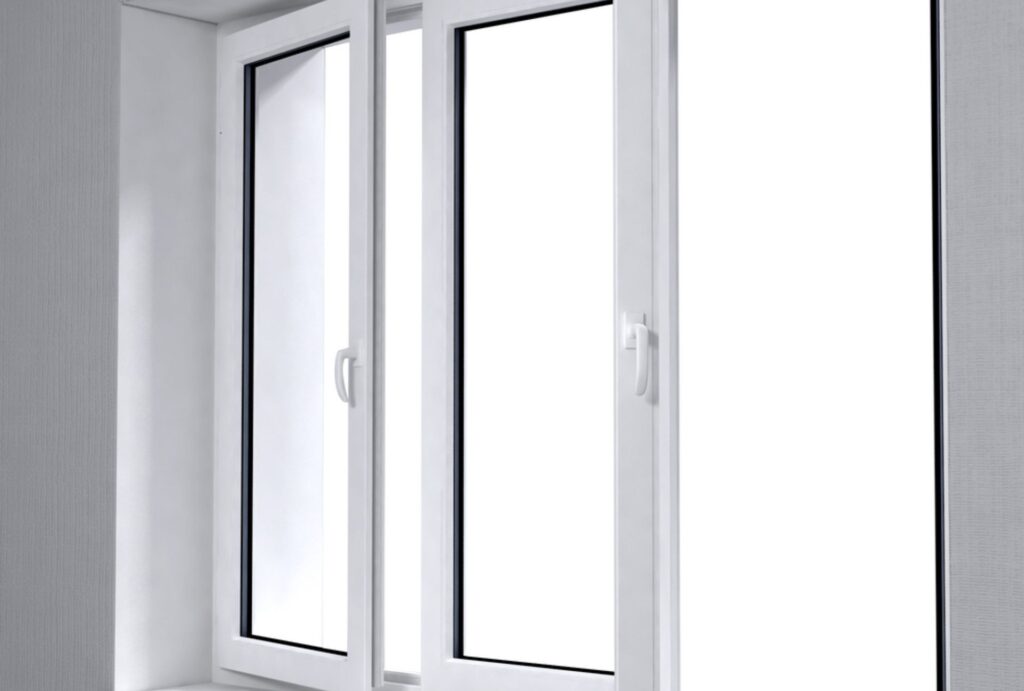
How To Choose The Right Retrofit Double Glazing Provider In NZ
Choosing the right retrofit double glazing provider in New Zealand is crucial to ensuring a high-quality, long-lasting, and cost-effective upgrade for your home. With many companies offering double glazing services, it’s important to know what to look for before making a decision. The right provider should not only deliver excellent workmanship but also offer reliable support, comply with NZ building standards, and use high-quality materials. Below are key factors to consider when selecting a double glazing company to ensure you get the best results for your home.
What to Look for in a Double Glazing Company
Experience And Customer Reviews
A company’s experience in the industry speaks volumes about its reliability and expertise. Look for providers with a proven track record in retrofit double glazing, ideally with years of experience handling homes similar to yours.
- Check Google Reviews, Facebook recommendations, and third-party review sites like NoCowboys or TradeMe Services.
- Look for before-and-after photos of past projects to assess their quality of work.
- Seek out word-of-mouth recommendations from friends, family, or neighbors who have had retrofit double glazing installed.
A well-reviewed company is more likely to deliver satisfactory results and excellent customer service.
Certifications And Compliance With NZ Building Codes
Double glazing is not just about energy efficiency—it must also meet New Zealand building regulations to ensure safety, durability, and performance. Before hiring a provider, check whether they comply with.
- New Zealand Building Code (NZBC) requirements for window and glass installations.
- BRANZ appraisals (Building Research Association of New Zealand), which certify that materials meet high safety and efficiency standards.
- Windows & Glass Association NZ (WGANZ) membership, which ensures adherence to best industry practices.
- Low-E (Low Emissivity) glass and argon gas certification, which enhances insulation and reduces heat loss.
A reputable company should be transparent about their certifications and willing to provide proof of compliance.
Warranty And Aftercare Services
Retrofit double glazing is a long-term investment, so you’ll want a provider that offers a solid warranty and reliable aftercare services. Ask about.
- Warranty coverage on both materials and workmanship (e.g., 10-15 years on glass and 5+ years on installation).
- Repairs and maintenance policies—if anything goes wrong post-installation, how do they handle it?
- Condensation and seal failure guarantees—does the provider offer free fixes if your windows develop condensation inside the panes?
- Customer support availability—are they responsive and easy to reach in case of issues?
A provider who stands behind their product with a strong warranty and aftercare service is a safer choice for long-term satisfaction.
Questions to Ask Before Hiring a Provider
What Type of Glass Do They Use?
Not all double glazing is the same. The type of glass used can significantly impact insulation, noise reduction, and energy efficiency. Ask the company about.
- Low-E Glass: Does it include a heat-reflective coating to enhance thermal efficiency?
- Argon or Krypton Gas Filling: Do they use inert gases between the panes to improve insulation?
- Laminated or Toughened Glass: Is the glass impact-resistant and safe for high-wind areas?
- UV Protection: Does the glass help reduce harmful UV rays that fade furniture and flooring?
A high-quality double glazing provider should be able to explain the benefits of different glass types and recommend the best option for your home.
Do They Offer Free Assessments?
A trustworthy provider should offer a free, no-obligation consultation to assess your windows and provide an accurate quote. This is important because.
- Each home is different—factors like frame condition, window type, and exposure to weather affect the best glazing solution.
- Some homes may require frame reinforcement or other modifications before installing double glazing.
- A professional assessment helps avoid hidden costs that might arise later in the project.
Make sure to ask whether the assessment includes a detailed breakdown of costs so you know exactly what you’re paying for.
What’s the Expected Installation Timeframe?
Timeframes can vary depending on the size of the project and the company’s workload. Ask.
- How long does the entire process take? (From assessment to completion).
- Will there be any disruptions to your home? (Some installations can be done in phases to minimize inconvenience).
- Do they handle council permits, if required? (Certain modifications might need approvals).
A reputable provider should give you a realistic timeline and keep you updated throughout the installation process.
Choosing the right retrofit double glazing provider in NZ is about more than just price—it’s about quality, reliability, and long-term performance. By looking at experience, certifications, customer reviews, warranty policies, and the types of materials used, you can ensure you’re making a smart investment in your home’s energy efficiency and comfort. Asking the right questions before hiring will help you avoid potential issues and guarantee a seamless installation that adds value to your home for years to come.
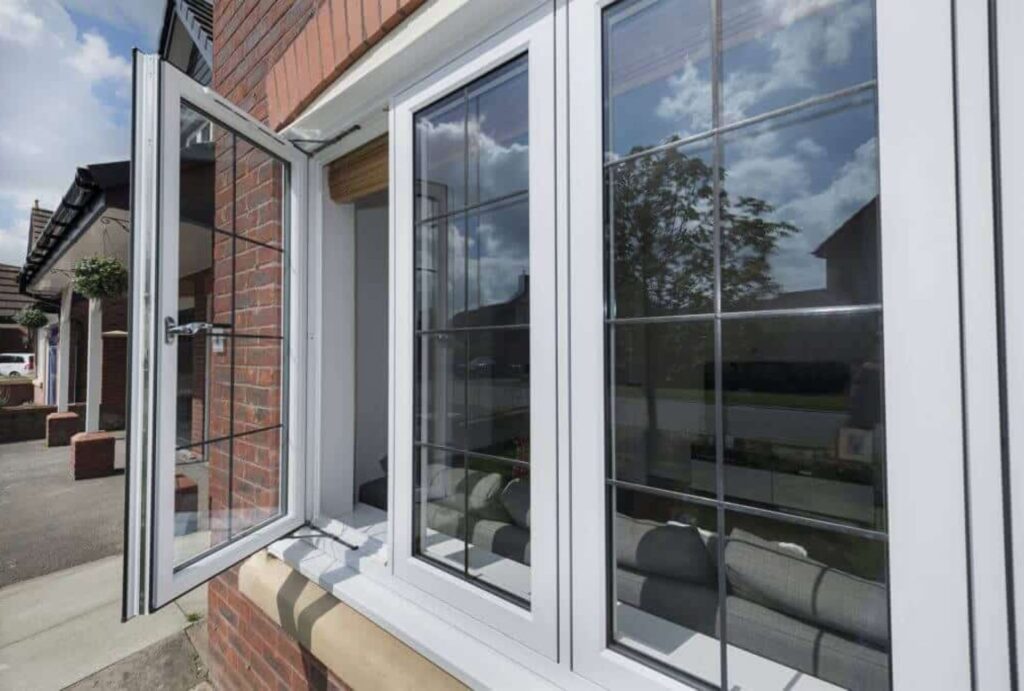
FAQs: About How Does Retrofit Double Glazing Work In NZ
Conclusion
Retrofit double glazing in NZ is a practical and cost-effective way to improve your home’s comfort, energy efficiency, and overall value. By upgrading your existing windows, you can reduce heat loss in winter, keep your home cooler in summer, and minimize noise from outside, all while lowering your energy bills. It also helps prevent condensation, which can lead to mould and moisture damage, making your home healthier and more comfortable year-round. Investing in retrofit double glazing is a smart long-term decision that not only enhances your daily living experience but also adds to your property’s market appeal. If you’re considering this upgrade, consulting with a professional can help you determine the best options for your home.
Find A Professional Window Company Near You!
About the Author:
Mike Veail is a recognized digital marketing expert with over 6 years of experience in helping tradespeople and small businesses thrive online. A former quantity surveyor, Mike combines deep industry knowledge with hands-on expertise in SEO and Google Ads. His marketing strategies are tailored to the specific needs of the trades sector, helping businesses increase visibility and generate more leads through proven, ethical methods.
Mike has successfully partnered with numerous companies, establishing a track record of delivering measurable results. His work has been featured across various platforms that showcase his expertise in lead generation and online marketing for the trades sector.
Learn more about Mike's experience and services at https://theleadguy.online or follow him on social media:

